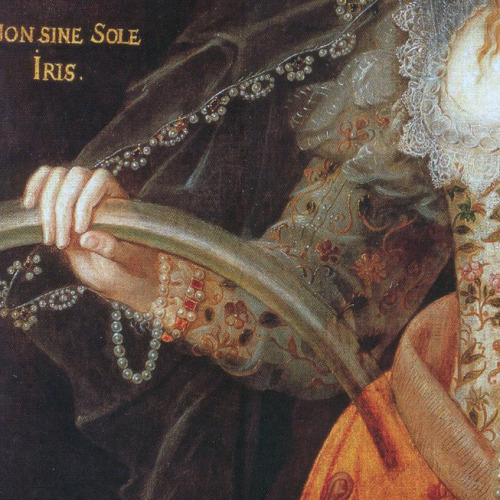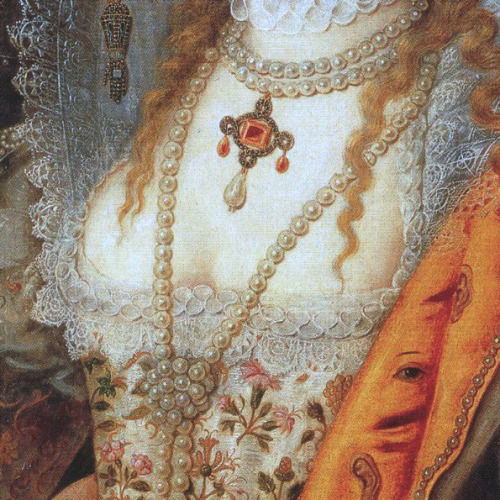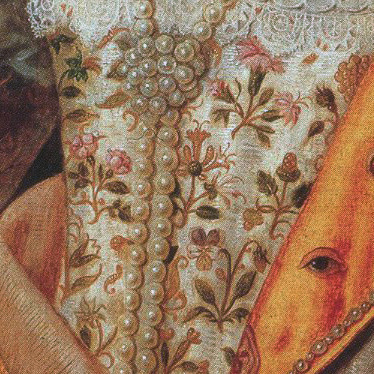proudaikido17: queenanne-boleyn:The Rainbow Portrait - Imagery ExplainedThis is one of my favourite
proudaikido17: queenanne-boleyn:The Rainbow Portrait - Imagery ExplainedThis is one of my favourite portraits of Elizabeth I, mainly because of all the hidden imagery in it. Let’s start with Elizabeth herself. She was almost 70 at this point (1602), and yet in this painting she is ageless. This painting is like Tudor photoshop - so few people would actually see Elizabeth in real life to realise that she was probably a frail old lady which of course would have been seen as weak and vulnerable. Given the option, she would much rather they saw her like this.The rainbow that she holds represents how her reign was a golden age for England. Rainbows symbolise the peace after storms, and so, in Elizabeth’s hands, England has been restored to peace after the turmoil of religious upheavals and civil conflicts. The words above the rainbow, ‘non sine sole iris’ mean ‘no rainbow without sun’ - i.e. this golden age would have been impossible to achieve without Elizabeth, it’s sun.The embellished snake on her sleeve represents knowledge. In the Abrahamic religions, the first man and woman were tempted by a serpent to eat the forbidden fruit. Once doing so, they gained knowledge of the contrast of good and evil. So the snake represents the acquisition of knowledge. Above the snake’s head is an armillary sphere (similar to a celestial globe), which, in the Renaissance, was one of the key symbols of knowledge and scientific learning.The pearl necklaces and bracelets represent Elizabeth’s beauty, purity and wealth. Pearls carry the same meaning today, but in Tudor times pearls were not farmed, and natural pearls are extremely rare - so for Elizabeth to be wearing so many displays her enormous wealth, and that of her kingdom.The flowers on her bodice are a reflection of descriptions of Elizabeth in some recently published (1599) poetry which compared her to the Greek goddess Astraea. Astraea is a virgin goddess of innocence and purity, who is also often associated with Dike, goddess of justice. Astraea ruled over humans during the Golden Age before ascending to heaven.Finally, the crescent moon on her headdress is a symbol strongly associated with Diana, the Roman goddess of hunting, who swore never to marry. And what of the eye and the face beside the flowers? who can explain that? In an earlier post, I explained that the eyes and ears across her dress represent Elizabeth I’s spy network. People should be careful what they say or do, because Elizabeth has eyes and ears everywhere linked to her, who will report back and make her aware of anything going on. -- source link





